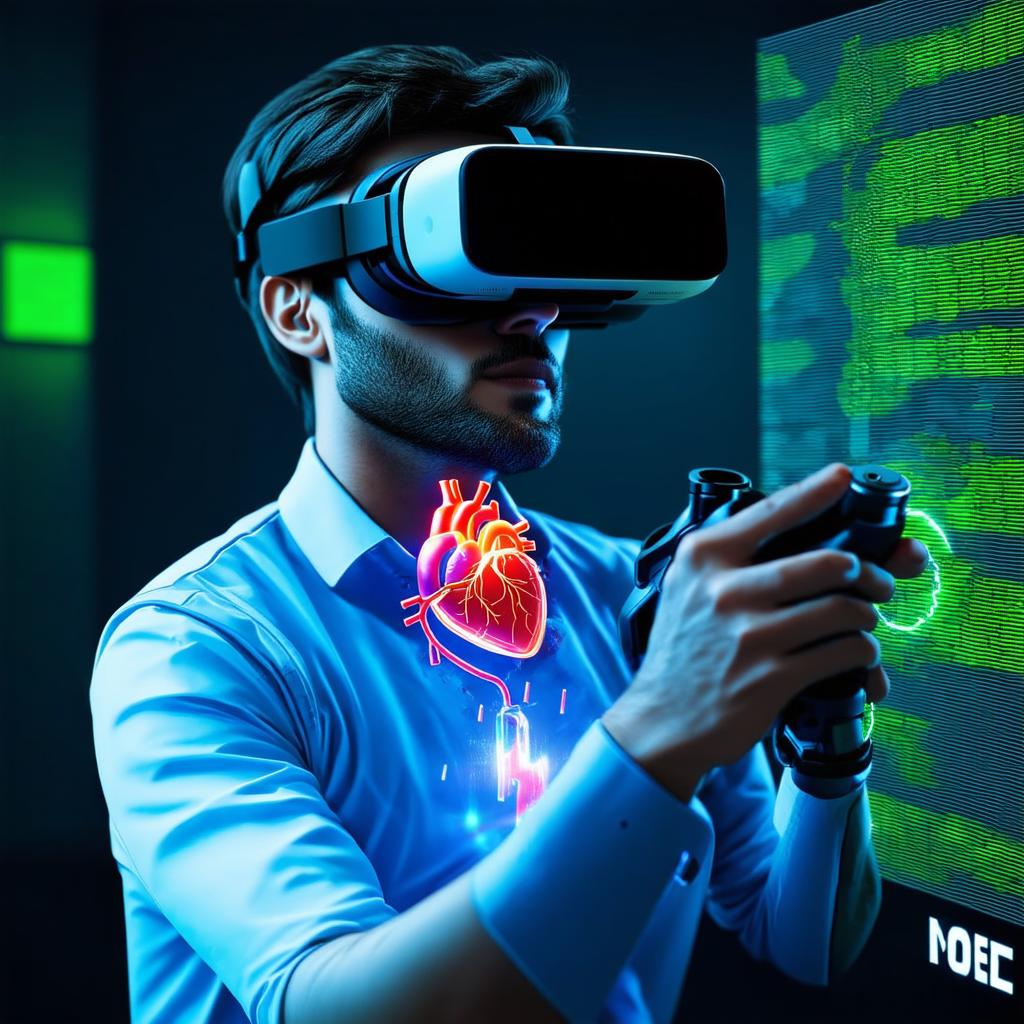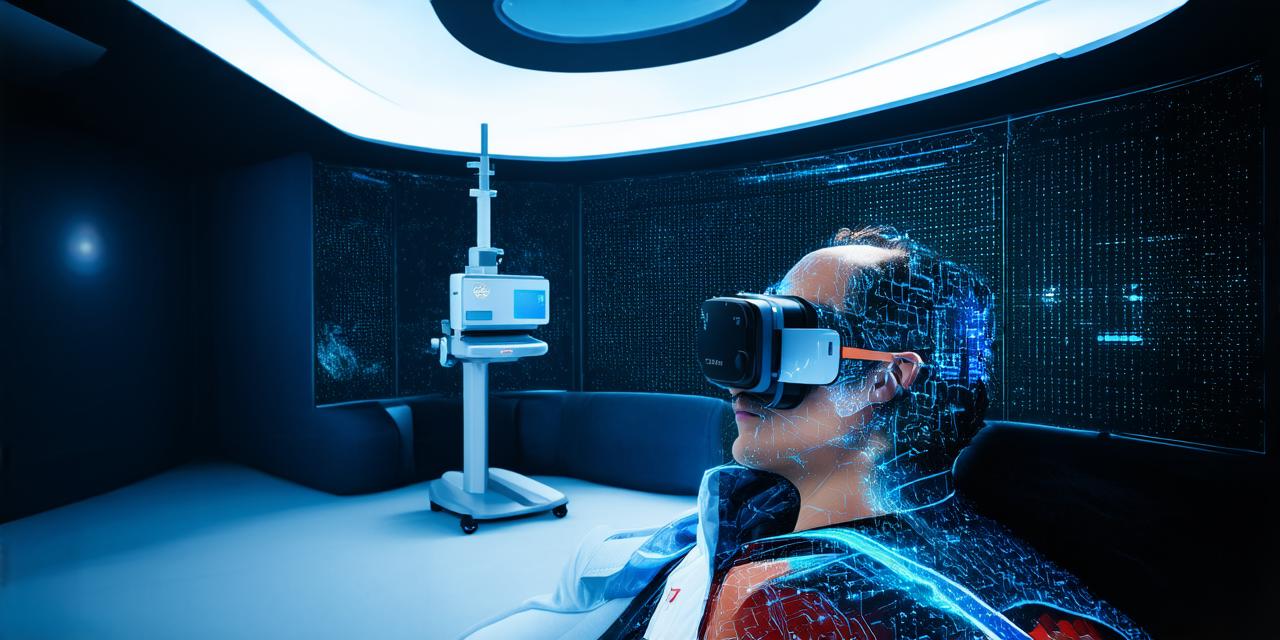Virtual reality (VR) technology has been used in healthcare for several years to provide immersive experiences that can help patients manage their pain, reduce anxiety and stress, and improve their overall well-being. In this article, we will explore some of the common experiences that patients encounter when using VR technology.

Pain Management
One of the main benefits of VR technology is its ability to distract patients from their pain. This can be achieved through a variety of techniques, including guided imagery, virtual exposure therapy, and relaxation exercises. By engaging patients in an immersive experience that requires their attention, VR technology can help them focus on something other than their pain, reducing the perception of discomfort and increasing feelings of comfort and relaxation.
Anxiety and Stress Reduction
Anxiety and stress are common conditions that affect millions of people around the world. Virtual reality technology has been used to treat these conditions by providing patients with a safe and controlled environment in which they can confront their fears or experience relaxation exercises. For example, patients with phobias can use VR technology to gradually expose themselves to their feared objects or situations, while those with anxiety disorders can use relaxation techniques to calm their minds and reduce stress levels.
Improved Mental Health
Virtual reality technology has also been used to improve mental health in a variety of ways. For example, patients with post-traumatic stress disorder (PTSD) can use VR technology to reprocess traumatic events in a safe and controlled environment, helping them overcome the emotional distress that may be holding them back. Similarly, patients with depression can use VR technology to engage in activities that promote positive emotions and feelings of accomplishment, improving their overall mood and outlook on life.
Improved Physical Health
Virtual reality technology can also have a positive impact on physical health. For example, patients with chronic pain or mobility issues can use VR technology to participate in exercises and activities that promote physical fitness and improve overall function. Virtual reality technology can also be used to provide patients with immersive experiences that simulate real-world activities, such as walking or running, helping them maintain their physical abilities even if they are unable to engage in these activities in real life.
Conclusion
Virtual reality technology has a wide range of applications in healthcare, from pain management and anxiety reduction to improved mental and physical health. By providing patients with immersive experiences that can help them manage their pain, reduce stress, and improve their overall well-being, VR technology is becoming an increasingly popular tool for healthcare providers around the world.
